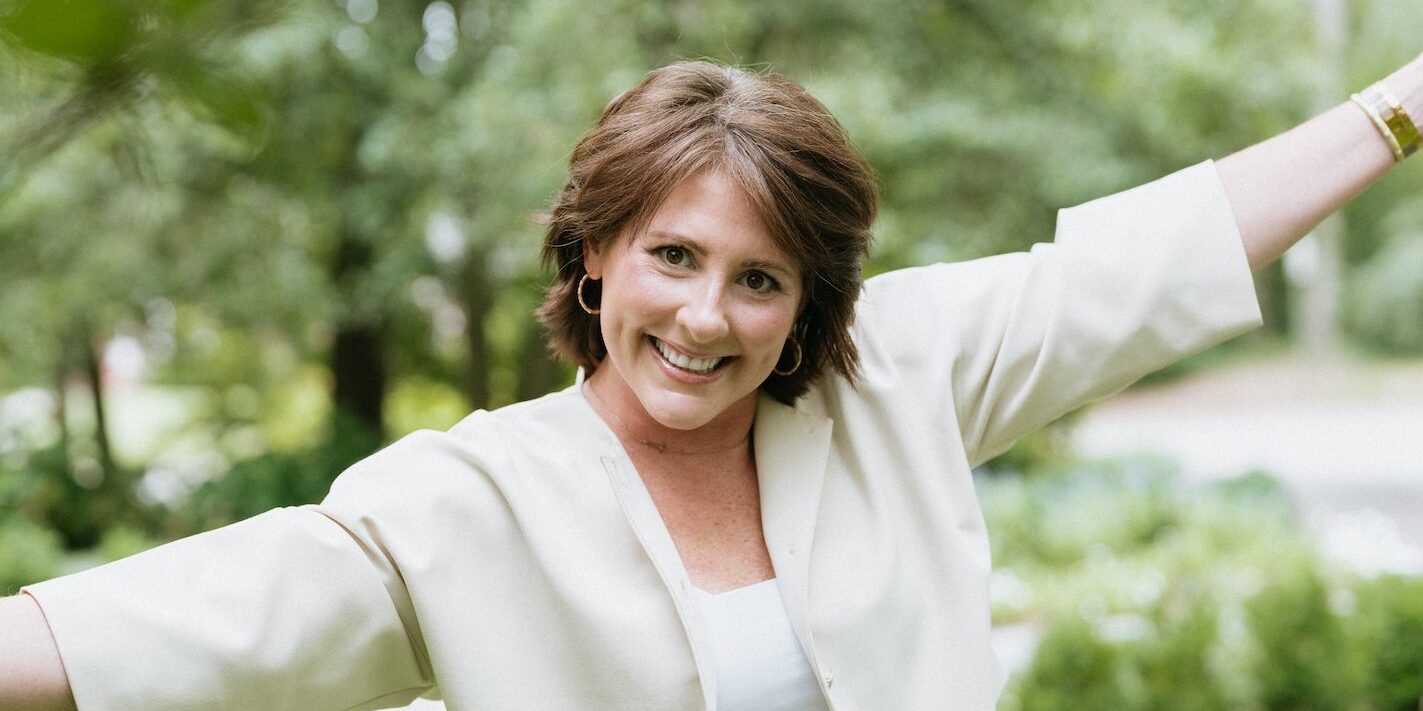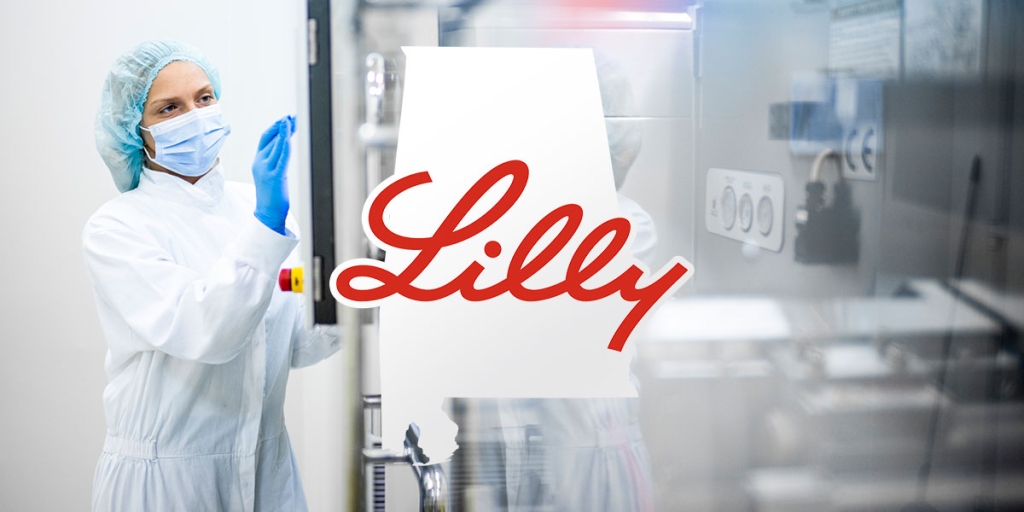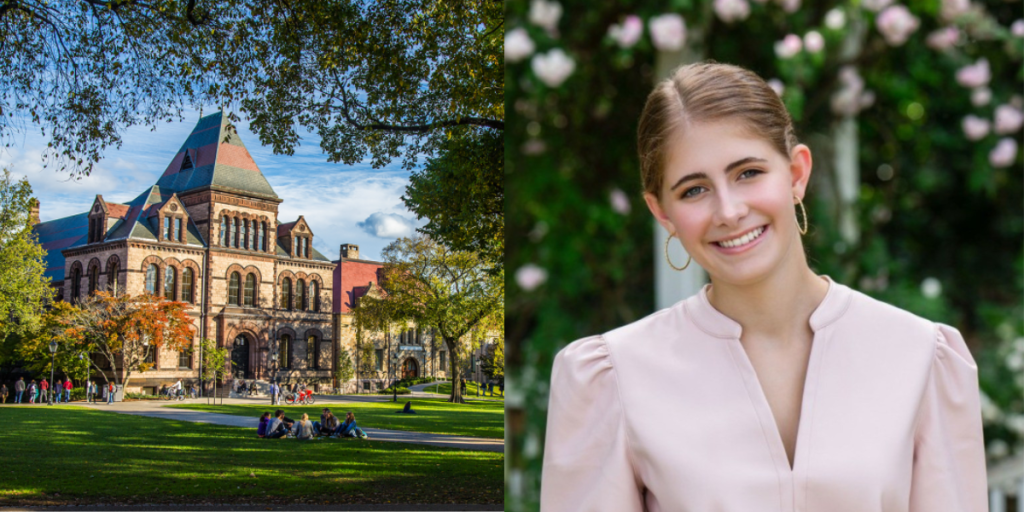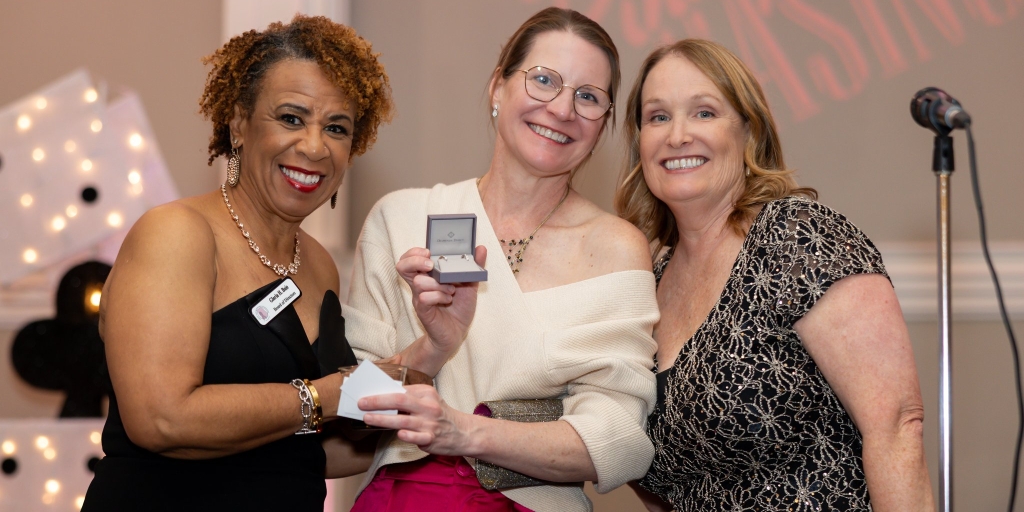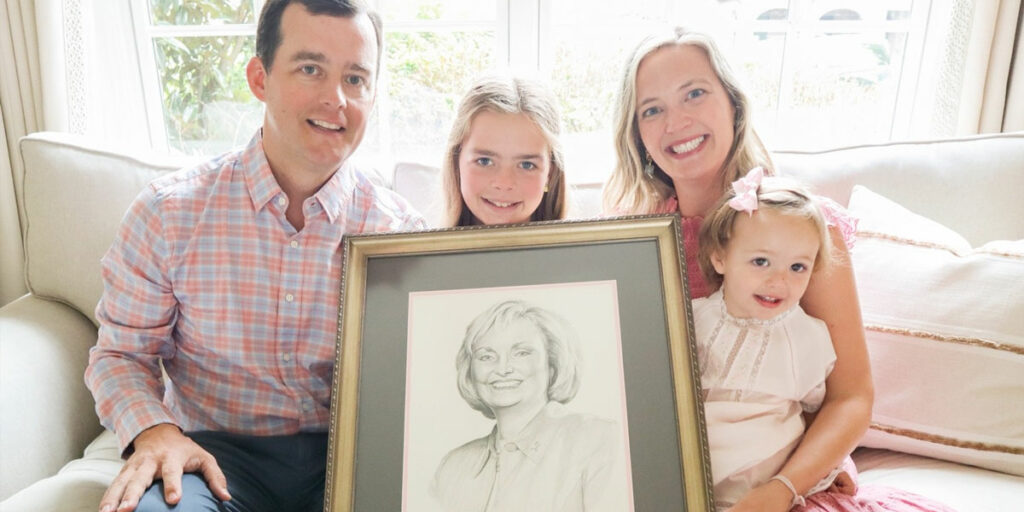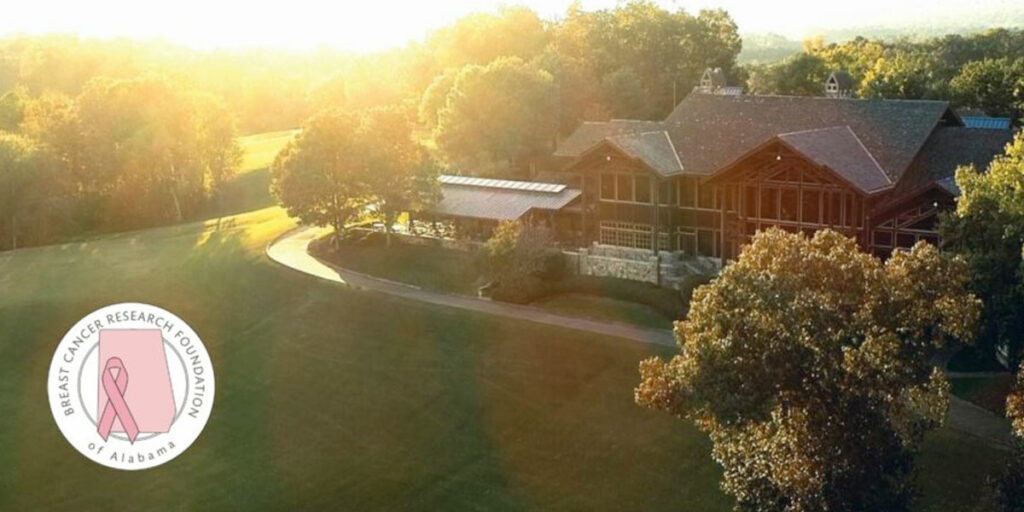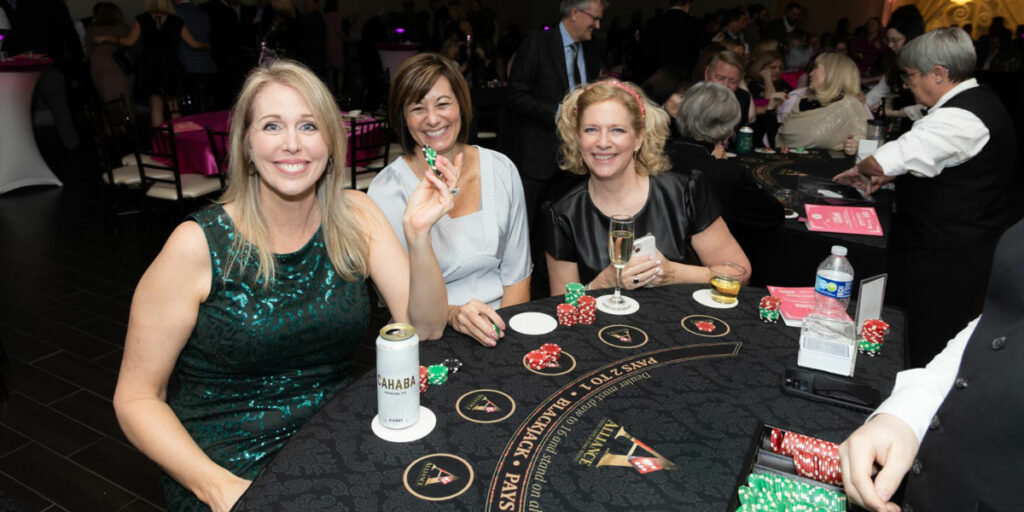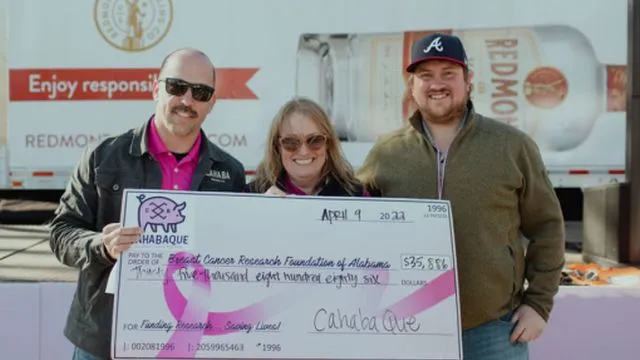Every breast cancer survivor has his or her own unique story—from the complexities of diagnosis and treatment to the mental and physical toll that the journey takes. However, there is one uniting factor—the survivors’ journey deserves to be celebrated, and their story deserves to be told.
One such survivor is Kate Lloyd, Vice President of Product Development for Suzanne Kasler Interiors, and one of the newest board members for the Breast Cancer Research Foundation of Alabama (BCRFA). We sat down with Kate to learn about her story, what the treatment process looked like for her, and how she advocates for other patients, especially women whose symptoms are often minimized or even ignored.
SG: Can you share how you began experiencing symptoms—what raised red flags for you?
KL: For about a year, I experienced debilitating exhaustion—I work full-time and am based in Atlanta, going back and forth often. I couldn’t make the 2+ hour drive without stopping for a nap along the way. Over that year, I saw multiple doctors, and while they listened, they couldn’t find anything. I had two clear mammograms and a clear chest x-ray, all of the traditional screening tests—but there was nothing about my health that raised any red flags. I started mammograms earlier because of my family history of breast cancer. I even went to an internist who essentially told me, “You’re coming up on 40, and you just need to adjust your diet and exercise.” I felt gaslighted, and I eventually wrote it off as long COVID.
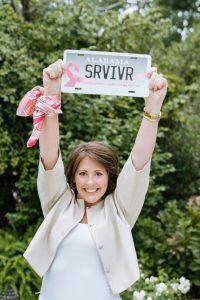
SG: How did the diagnosis finally come about?
KL: At my annual checkup, the doctor found an axillary node deep in my armpit and sent me straight for another mammogram as well as an ultrasound for the lymph nodes. From there, I was sent for a biopsy of the lymph nodes, which came back positive. Finally, an MRI discovered a “tumor”, which was essentially microscopic seeds scattered throughout my breast tissue, which the initial mammograms didn’t catch.
I was only 38, and we had just dropped our children off at camp for two weeks when I went to the checkup. It felt particularly cruel that we spent those two weeks at follow-up appointments rather than on our much-needed vacation, but we were also able to get through the initial shock as a couple, which was certainly a blessing in disguise.
SG: After the diagnosis, what were the next steps?
KL: Because my Stage IV diagnosis had rare migration patterns, my local oncologist sent me to MD Anderson for a second opinion and to collaborate on all of the treatments. I began four rounds of Adriamycin + Cytoxan, or “red devil” chemotherapy, and eventually lost my hair before beginning a second round of chemo from November to February. Then I had a double mastectomy where the doctors removed over fifty lymph nodes from under my arms. I had continued treatment, including radiation and immunotherapy, through the end of 2023. During my reconstruction earlier this year, I was proud to participate in an advanced and cutting-edge lymph node transplant—I really had to put my full trust in those doctors, and MD Anderson was such a special place.
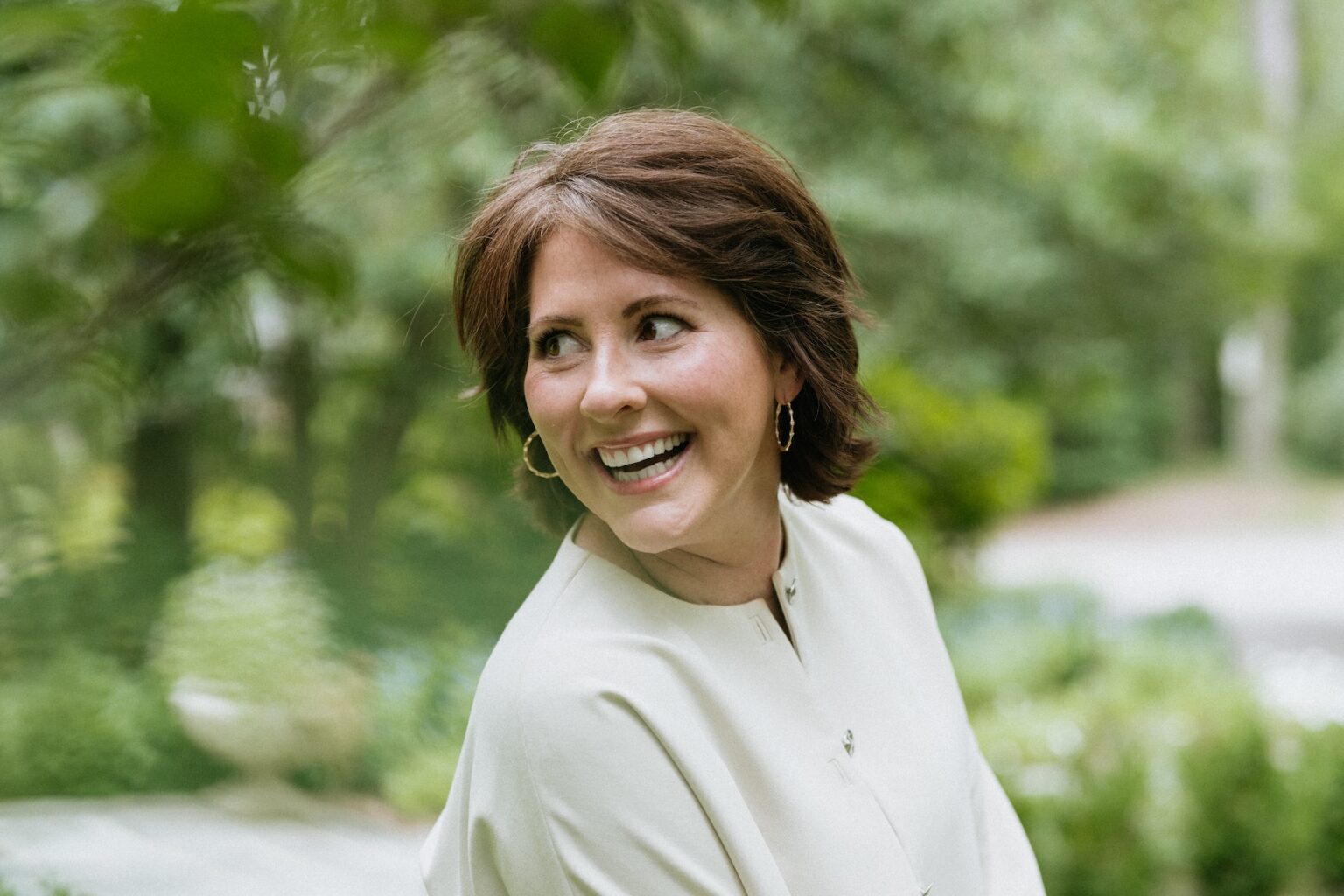
SG: All of this time you were in Houston—how did you balance life and relationships between Texas and Alabama?
KL: During my treatment at MD Anderson, I lived in a friend’s carriage house, and my husband Jeff would travel back and forth. But the family I stayed with was such a blessing to me. It would have been very difficult to go through the treatment without their support and love, and we formed a friendship unlike any I’ve ever experienced.
Back in Birmingham, I was so grateful to have a very hands-on and active husband, and we had so many people step up to help. The kids became very independent in learning how to do chores and manage their time, and I can see how they’ve grown from a responsibility standpoint and they handled it very gracefully. They weren’t scared because we weren’t scared—we trusted in our doctors and in our faith, and our kids reflected what we showed them. Jeff did an amazing job of showing them courage, strength, and a positive attitude—and I am happy to report that I am now cancer-free.
SG: What is the greatest piece of advice you could give to someone who has received a diagnosis?
As difficult as it is, try not to look too far ahead. No matter how many scans you have, they will always be anxiety-inducing. Live in the present moment, be intentional about how you live and who you share your time and energy and emotions with. Pay attention to the quality of everything in your life—the quality of your food, your time, and your people. Cancer is so ugly, so unattractive, and as a product designer, aesthetics are important to me—they enhance our lives—the quality of space where you spend your time can hurt or heal you. Find products that are symbols of healing rather than reminders of illness.
After I was diagnosed, I vowed to create an experience that was dignifying, not depressing. A group of close friends gifted me a beautiful Hermes scarf to wrap my head, and it became a treasure to me. When this is all said and done, I plan to frame it as a well-earned trophy to put on display as a symbol of what we have overcome and the people who supported us through it.
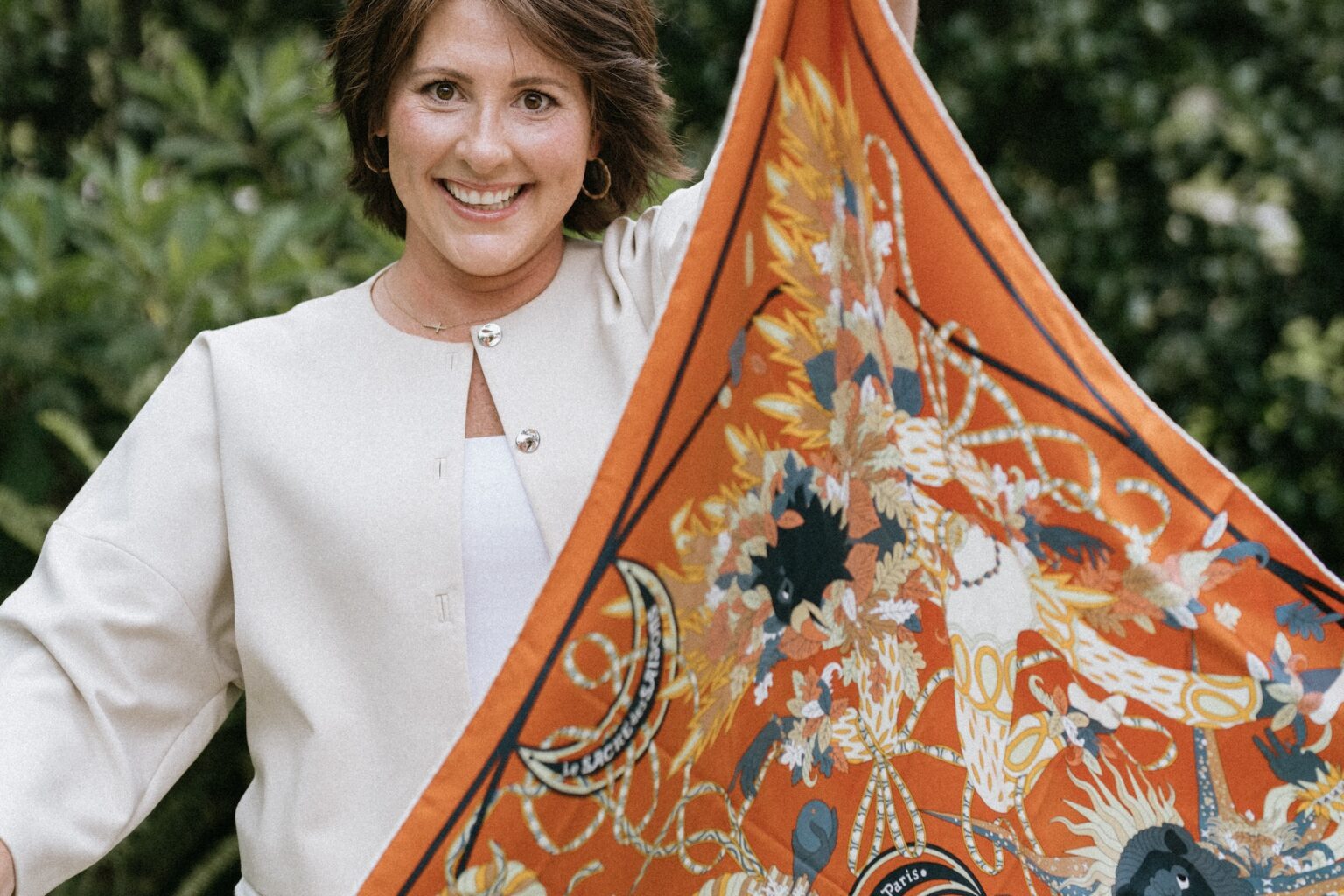
SG: How did the journey change you as a person?
KL: For a while, I felt stripped of everything I knew myself to be—the way I looked, my personality, creative mind, and sense of humor—I wasn’t me for a bit, and it forced me to look inward and present a new part of myself, my truest self, open to receiving love and support. And the love from people around me—there’s no time in my life I’ve felt that kind of community. It was an incredible blessing that came through this and it was so transformative.
I also learned how important it is to advocate for yourself. I had plenty of doctors who were trying to find something—but you know yourself better than they do. Listen to that little voice that’s telling you that something is off.
SG: Any final words of advice?
Along the way, create experiences that are meaningful. Add beauty into your life, through people and through products. Do things for yourself—whether it’s journaling, creating, going to counseling, or eating certain foods. My faith got stronger than ever on this journey—because we are so much more than our physical selves. Doctors often want to only treat the physical, but real healing comes from treating the whole self. Find peace and gratitude in your circumstances. Remove any toxicity, remove the drama and trauma, and enjoy life, every day.
My mom always said that a positive attitude is all you have. Growing up we had a philosophy—embrace life and it will embrace you back. I grasped onto that wholeheartedly through this, and it’s a reminder that no matter what comes our way, the only thing we can control in that moment is our response to it.
The Breast Cancer Research Foundation of Alabama (BCRFA) funds promote a comprehensive approach to battling breast cancer by fueling collaborative and innovative research to help diagnose, treat, prevent, and eradicate the disease. Thanks to generous community support, BCRFA’s lifetime investment in life-saving research is over $15 million. All funding stays in Alabama, but the impact is worldwide. You can learn more about BCRFA and its mission at bcrfa.org.
Courtesy of SoulGrown Alabama.




